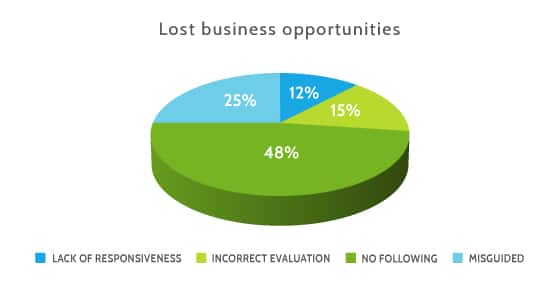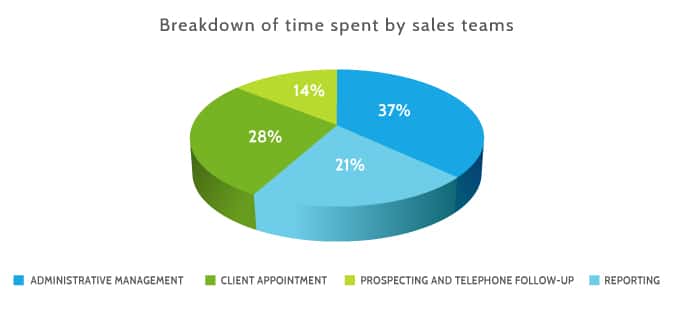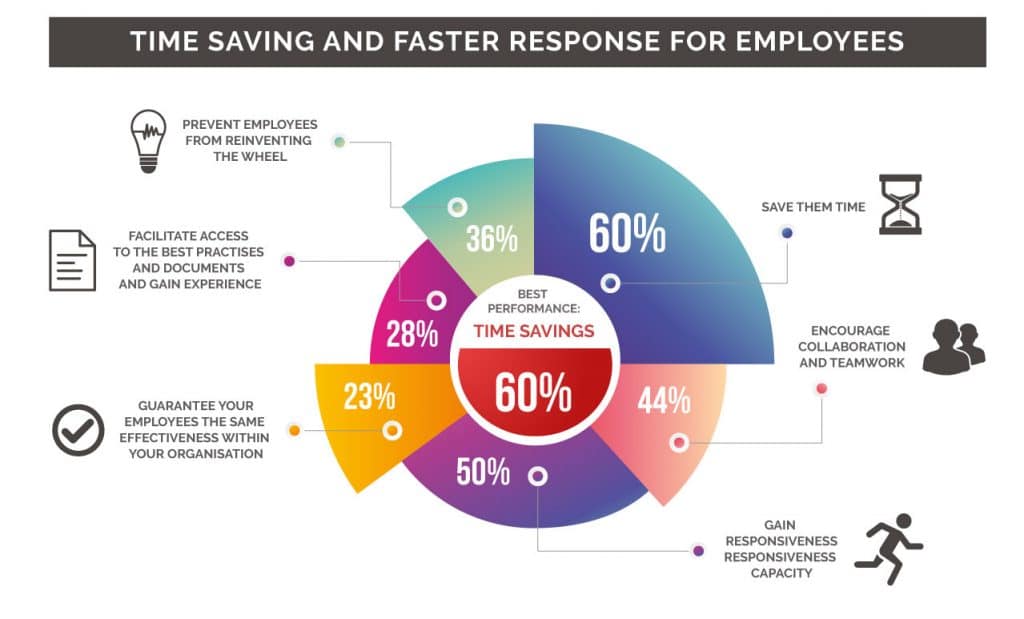Managing leads, from their detection to their conclusion or abandonment, including the marketing and sales nurturing phase, is a major issue for any type of organization. This vision, which was very oriented towards the “business world” until some time ago, is now also more and more shared by all types of entities. Indeed, more and more companies but also associations, foundations, public bodies or cultural institutions must also manage more or less commercial opportunities, but above all put in place the necessary actions to optimize the tracking and conversion process.
Why a lead management process?
Seal leaks before increasing the volume
Often during discussions with prospects or customers, we realise that their main objective is to always be able to generate more “leads”, or business opportunities.
By digging into the subject a little with them, by immersing ourselves in their daily life and in their activity, we often realise that finally, to this strategy of volume which statistically allows to create more activity, another alternative exists: to work on the quality of the conversion process.
A rapid study carried out internally in a company called on to manage business opportunities enabled us to identify that out of 100 lost cases, two thirds (65% exactly) had been detected upstream.

And when we detail the reasons for the loss of these businesses, we quickly realize that these are organizational problems: lack of responsiveness, poor orientation, poor evaluation of the opportunity or worse, no follow-up of the all…
CRM solutions, a catalyst for improving lead management … and commercial efficiency
Finally, what are the avenues for improvement to better manage these business opportunities and reduce deadweight losses? We have identified 4 major axes which, if they are approached with astuteness and in line with your internal organisation, make it possible to optimise the management of opportunities with the objective of making them better:
1- Have immediate responsiveness: provide a relevant and coordinated response as soon as possible
- Convergence of sources, treatment of duplicates, link with history
- Lead assessment and attribution system: prospect and opportunity status, conversion criteria, recycling mechanisms
- Real-time analysis, monitoring and reporting
2- Qualify the leads for an adapted treatment and resources proportioned according to the needs
- Align sales and marketing: “we need more qualified leads versus leads that are not sufficiently worked on”. We must define together what a lead is
- Set up objective, simple and shared qualification criteria: size of the company, urgency and nature of the need, level of contact, etc.
- Have constant feedback on the quality of leads: regular point
3- Set up an effective recycling and lead maturation system
- Return leads to marketing
- Have a Lead Nurturing Program
- Identify the best sources to better target marketing efforts
- Measure the ROI of the different sources: website, extranets, forms, emailing …
On all these aspects, the implementation of a CRM solution is the most effective and the most secure from an organisational point of view to set up an efficient business opportunity management strategy with a measurable ROI.
Indeed, if the lead detection is not an asset but a weakness, it is largely because the sales teams spend a certain amount of time on actions ancillary to their core business, just like us. This new graph shows the distribution of time for sales teams:

It is very clear that the overall time spent on commercial aspects is overtaken by administrative tasks without added value.
Thanks to the automation of certain repetitive tasks and the optimization of processes, made possible by the implementation of a CRM solution, sales teams can reduce and optimize the time spent on reporting and administrative tasks, to concentrate their efforts at the heart of their activity: prospecting, detecting leads and converting them.
A study conducted by the firm Markess International among companies that have implemented a CRM has also made it possible to highlight the time and productivity savings acquired by employees:

The race for leads, above any organizational matter
To conclude, before seeking to create ever more business opportunities and to multiply the commercial leads, it is necessary:
- To study the performance in the conversion of business opportunities, whether they are “inbound” or “outbound”.
- Identify the causes and organisational issues slowing down this conversion process and sources of business losses.
Once these elements have been identified, it is then necessary to review the existing situation, to redefine the roles of all the collaborators involved, to rethink the processes and the triggers for actions to optimize the lead realization phase.
And for this, the ideal is to equip yourself with an agile and configurable CRM solution, which will allow you to gain efficiency, time, and concentrate on high value-added tasks and ultimately gain market share!
So, are you ready to enter a new dimension of business management?

